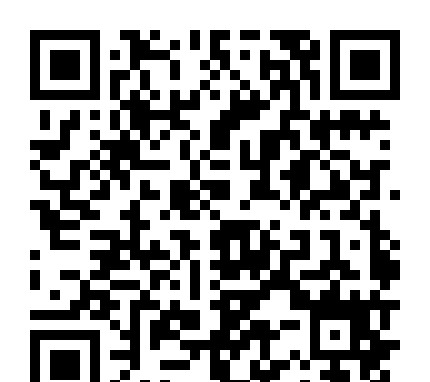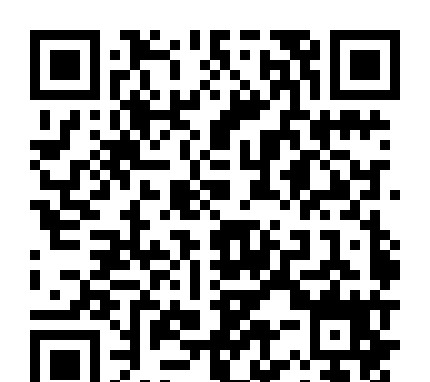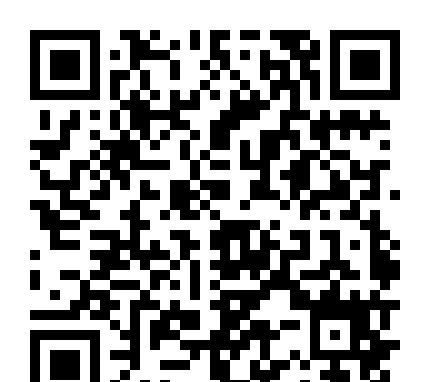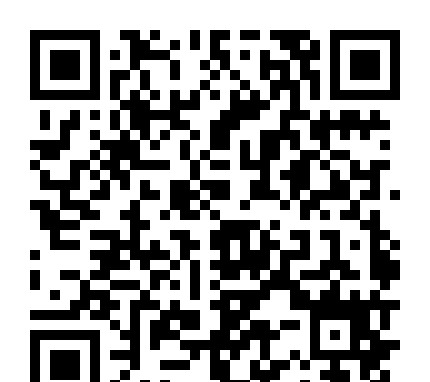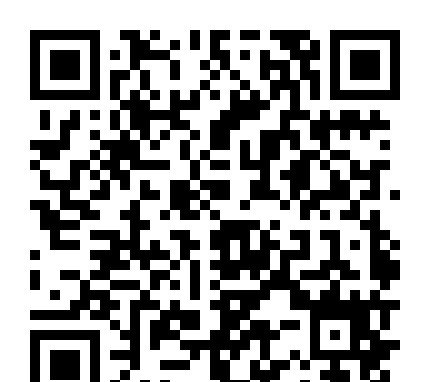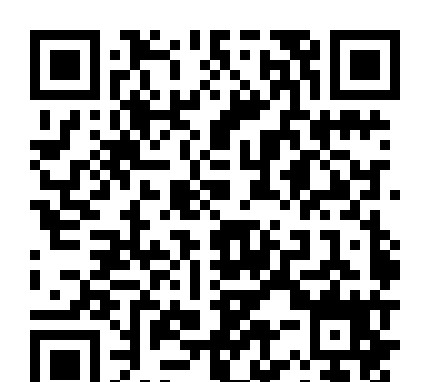金融英语辅导(三)
|
III.Forms Of Money Fiat money has not only no particular value in use, it doesn't even really have a value in exchange except that which is decreed that it would have. 名义货币不仅仅没有什么特别的价值,而且在商品的交换中它本身根本没有价值。它拥有的只是法律所赋予它的价值。 So fiat money is money which is intrinsically worthless. And its value exists by virtue of the fact that it is generally acceptable. And fiat money, needless to say, is one of the most mysterious inventions of the human mind, and no economist has managed to explain exactly why it is that people will generally accept something as valuable when it clearly has no value other than that which it is decreed to have. A credit instrument is an obligation. And it's used as money because it has value. And the value that it has, of course, is a value which is based upon its credit-worthiness, in other words, how much credit or how much credence people give to the promise which is actually written down. What I'm receiving or using as an instrument for money purposes is somebody else's obligation. Their preparedness to do something for me which might be to give me fiat money. That could be the promise which is incorporated in the cheque or the bill of exchange. 信用手段是一种契约。它可以被当作货币使用是因为它也有价值。当然,它的价值是建立在它的信用声誉之上的。换句话说,也就是要看人们能够给予这些写成文字的保证多大程度的信任。我作为货币收取的票据文件是对方的一种债务契约,是保证他们准备为我做一些事,比如要支付给我法定货币。这种保证可能会以支票或汇票的方式来体现。 Notes: 1.fiat money 名义货币,法定货币 2.credit money 信用货币 3.credit instrument 信用手段,信用安排 4.credit - worthiness 信贷价值,信用声誉 5.简单概括来说,名义货币实际上是把货币形态象征化,也就是货币的实体与额面价值分离,货币代表的价值大于货币本身材料的价值。 6.名义货币,也叫法定货币,英文是 Fiat money. 7.现代社会中还有另外一种形态的货币,叫做 Credit money,信用货币。随着商品流通的发达,货币与商品交易有了时间的间隔,出现了所谓的延期交易,因而也就有了债权债务契约,也就是买卖当事人之间或借贷双方的信用关系。尽管信用货币这一形态早已在人类历史上出现,但只是在不久以前它才得到广泛的使用。 |



